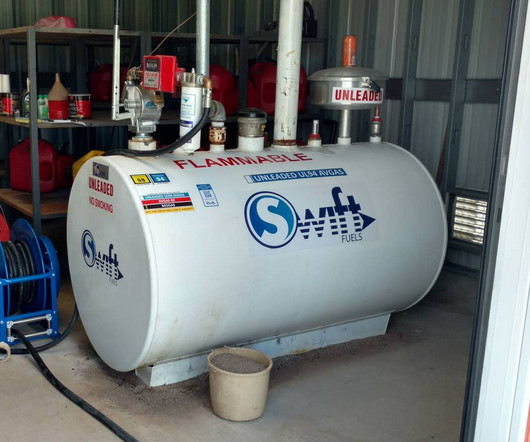Mach Number Explained: What It Is and Why Pilots Use It
Pilot Institute
JULY 11, 2025
That’s the speed your airspeed indicator shows based on ram air pressure in the pitot tube. Lift, drag, and handling correlate well with IAS in the lower atmosphere. This means the inboard wing loses lift first, while the wingtips might still be lifting. This nose-down pitching moment is called Mach tuck.











Let's personalize your content